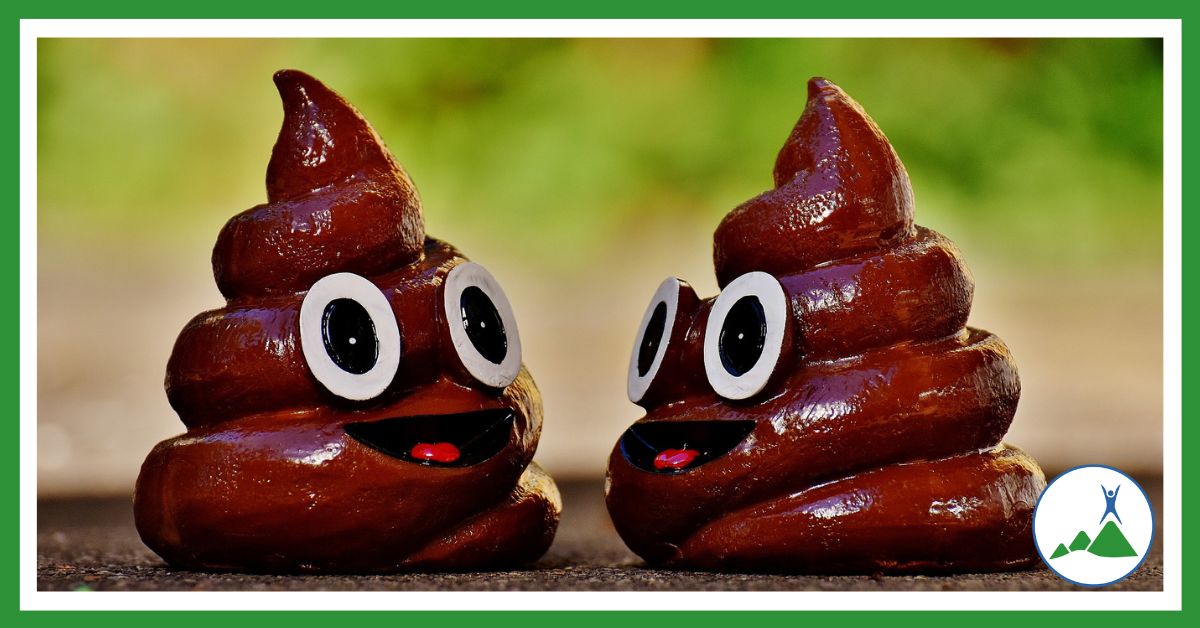 Yep, really.
Yep, really.
Before you shoot me down for blasphemy allow me to explain. I mean the Bible is like a pile of poo. Or a coprolite (fossilised faeces) to be precise.
And coprolites are fascinating things.
Let me take you back to a small coastal town in Dorset in the year 1824…
“Whoa!” Exclaimed Mary, “Look at this! I’ve seen similar skeletons before but what are the round things tucked behind?”
As the storm passed and the young fossil collector rummaged through rocks, she discovered something quite unusual. In in the stomach area of an icthyosaur skeleton were small round stones which, when broken open, revealed bones from smaller icthyosaurs as well as fish bones and scales. What could they be?
Well, in 1929 William Buckland, a well known geologist of the time, named them ‘coprolites’ (in Greek kopros means ‘dung,’ lithos means ‘stone’).
“Ok, but how can you possibly compare the Bible to fossil dung?” I hear you cry. “How is poo like the Word of God and even if it is, why does it matter?”
Here’s your answer…
1. Coprolites contain info about the animal that created them. The Bible contains info about the ‘person’ who created it.
Coprolites are simply the fossil faeces of animals that lived millions of years ago. They range in size from a few mm to more than 60 cm long and you can find them globally in Cambrian age rocks to very recent deposits. They also contain clues about an animal’s diet and prove that the creature has been there.
By looking at the size and shape of coprolites, as well as where they were found, you can work out what kind of animal the poo might have come from:
- Bones show it was a carnivore and tooth marks can reveal how the animal ate it’s prey. Mary Anning and William Buckland’s icthyosaur coprolites had spiral markings on them indicating this marine animal had spiral ridges in it’s intestines, like those of modern sharks. Some were even black with ink from small belemnites (tentacled sea creatures of the time).
- Seeds, leaf remains, pollen or bark indicate the animal it came from ate plants. When magnified, plant remains often have distinctive shapes and patterns making it possible for scientists to work out the type of plant they’re looking at, even when it’s partly digested.
Think of your own poo for a moment (nice…). What can you see in it? Mine sometimes contains sweetcorn and pepper skin – so perhaps future geologists will know I like eating veggie pizza!
Like coprolites (or your own poo), the Bible contains information about the creature (in this case ‘Creator’) who left it behind. But unlike the fossil poo, which provides info about extinct life, the Bible tells us about someone who’s very much alive toady – Jesus!
He said:
“Do not be afraid. I am the First and the Last. I am the Living One; I was dead, and now look, I am alive for ever and ever!” – Rev 1:17b-18a (NIV)
All scripture is from God (2 Tim 3:16-17) so when you delve in you’ll find Jesus in the pages. Read deeply, study in detail. Live the scriptures, breathe them in. Develop your relationship with Christ and get to know your Creator through His living word.
2. Coprolites are worth mining and the Bible is worth reading – they’re both valuable
Much as fresh poo is a good fertiliser (think manure etc), fossil poo is a valuable source of phosphate too. In the 1800’s fossil faeces were mined on an industrial scale, mainly in the east of England, for use on the fields. Then during the first world war they also provided phosphates for munitions.
[Fun fact: there’s a Coprolite Street near Ipswich docks where the refining process used to be carried out]And the Bible is also valuable – much more so than coprolites in fact. Not only is it…
- a source of authority for Christians
- a vital teaching tool, and
- the starting point for guidance in your walk with Jesus
…but it also brings life!
As the writer of Hebrews says:
“…the living Word of God… is full of energy, like a two-mouthed sword. It will even penetrate to the very core of our being where soul and spirit, bone and marrow meet! It interprets and reveals the true thoughts and secret motives of our hearts.” – Heb 4:12 (TPT)
The Bible is a key way the Holy Spirit makes Jesus personally present in us. Reading it, meditating on it’s words and asking the Spirit to reveal it’s mysteries, can change you as a person. The Spirit shows us that Christ is there and we become drenched in the identity of Christ.
You’ll find love, joy, peace, patience, kindness, goodness, faithfulness, gentleness and self-control (Gal 5:22). And the love of Christ will spill from you into others:
“May the God of hope fill you with all joy and peace as you trust in him, so that you may overflow with hope by the power of the Holy Spirit.” – Rom 15:13 (NIV)
Why this comparison matters
So that’s why the Bible is like a pile of poo.
And it matters whether you open your Bible and read it, just as it matters to science whether researchers crack open a coprolite and study its insides.
Both fresh poo and coprolites are excellent fertilisers. As they cause growth and life, reading the Bible will help you grow and live your best life possible.
I encourage you today to delve in and see just how things change for the better.
God bless xx
If you enjoyed this post and know others who will too, please share. Here’s the link: https://creationlifeadventure.co.uk/2022/02/the-bible-its-pile-of-poo/
And you can now follow me on Instagram: https://www.instagram.com/creation_life_adventure/
